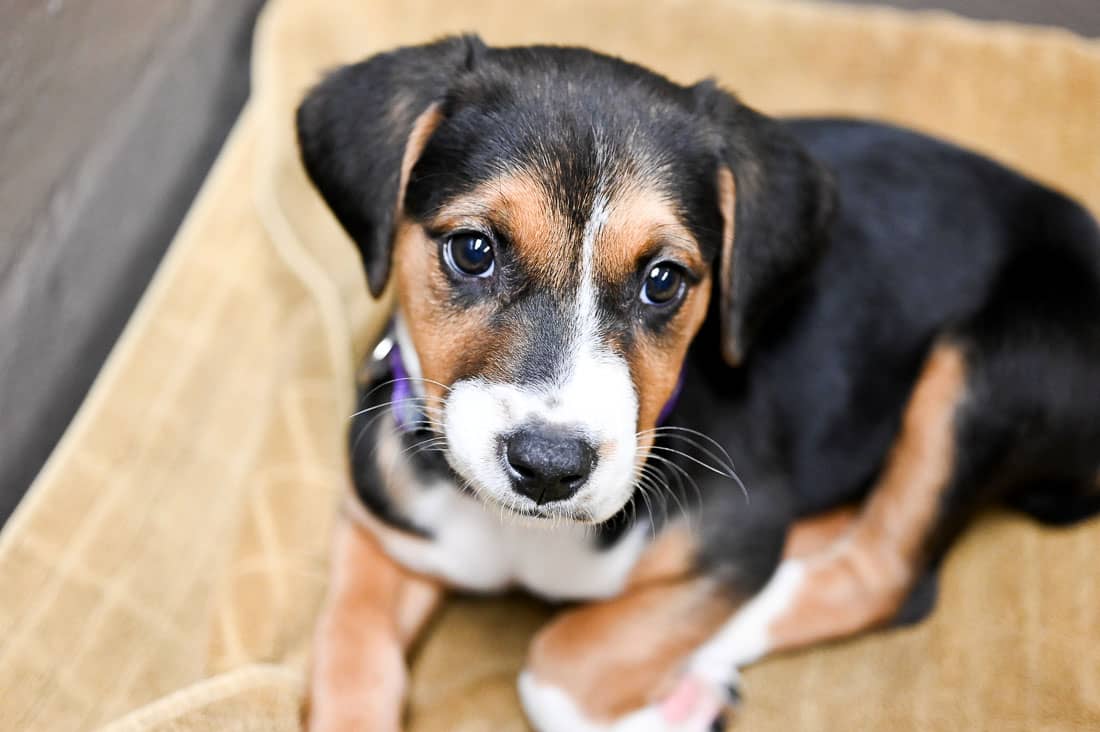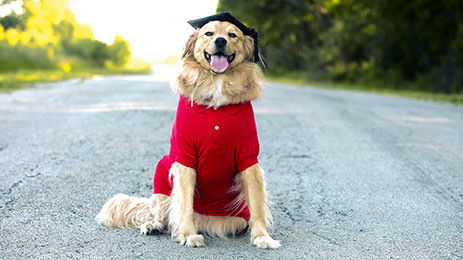Just how to Pick the Right Approach for Effective Dog Training
Just how to Pick the Right Approach for Effective Dog Training
Blog Article
Important Tips for Successful Dog Training: A Guide for Family Pet Owners
Efficient pet dog training is a complex process that needs a tactical method tailored to both the family pet's personality and the owner's goals. Secret parts such as establishing regular commands, utilizing positive reinforcement, and assisting in early socializing play vital duties in cultivating a well-adjusted canine companion. Nevertheless, numerous pet owners encounter difficulties that can hinder progression, resulting in stress and unpredictability. Understanding just how to browse these barriers can dramatically improve the training experience, inevitably changing the relationship between owner and pet. What are the important methods that can be employed to guarantee success in this endeavor?
Recognizing Canine Actions
Understanding canine habits is necessary for efficient training and promoting a harmonious partnership in between dogs and their proprietors. dog training. Canines interact primarily with body language, vocalizations, and actions, making it vital for proprietors to translate these signals properly.

Socialization plays a significant function in pet habits; direct exposure to numerous environments, people, and various other animals can considerably affect a dog's temperament. In addition, elements such as type characteristics and specific character should assist training methods, as some breeds might have specific behavior attributes that necessitate customized strategies. By recognizing these aspects, proprietors can produce a helpful atmosphere that encourages favorable behavior, causing successful training end results and a much deeper bond with their family pets.
Developing Constant Commands
Effective communication with your pet dog begins with establishing regular commands. This fundamental component of training is crucial for fostering understanding between you and your animal. Consistency in the commands you make use of guarantees that your dog can accurately connect certain words or expressions with the desired actions.
When picking commands, select clear, distinct words that are very easy to set apart and claim from each other. Prevent using similar-sounding commands that may puzzle your dog. For instance, making use of "rest" and "stay" is appropriate, yet "sit" and "struck" can bring about misunderstandings.
In addition, maintain the same tone and volume for each and every command. Dogs are sensitive to singing cues, so differing your tone can produce confusion.
It is similarly crucial to guarantee that all household members are on the same web page concerning the commands utilized. A united front in command usage will certainly prevent combined signals and enhance the knowing procedure.
Favorable Reinforcement Techniques
The power of favorable reinforcement in pet dog training hinges on its ability to encourage preferred behaviors with benefits and appreciation. This method is grounded in the concept that actions adhered to by favorable results are most likely to be duplicated. By incorporating favorable support into your training program, you can effectively form your pet dog's habits in a constructive way.
To execute favorable reinforcement, it's vital to identify what inspires your pet dog, whether it be deals with, playthings, or spoken praise. When your pet dog performs a desired action, such as resting on command, promptly award them with a reward or love. This association between the command and the positive outcome strengthens their understanding.
It's vital to timing the rewards properly; supplying the support within seconds of the desired behavior assists your pet make the link (dog training). Furthermore, consistency is key-- make certain that all relative make use of the same commands and incentive systems to prevent confusion

Slowly, you can decrease the regularity of deals with as your pet dog finds out the habits, transitioning to commend or periodic benefits. This technique not only fosters a strong bond between you and your pet but additionally advertises a favorable understanding atmosphere, making educating a delightful experience for both.
Socialization and Communication
Constantly subjecting your canine to a variety of environments, people, and other animals is critical for their social growth. Socializing must begin early, preferably during the vital home window of 3 to 14 weeks, when puppies are most responsive to new experiences. Older dogs can additionally profit from recurring socialization efforts.
Present your dog to various setups, such as parks, pet-friendly stores, and Learn More metropolitan areas. This direct exposure helps them adjust to different stimulations, minimizing anxiety and fear responses. Encourage positive communications with other pet dogs and people, making sure that these experiences are risk-free and regulated to cultivate confidence.
Use structured playdates with courteous dogs, as this can boost your canine's social abilities and show them ideal actions. Obedience classes and training sessions also offer excellent opportunities for socializing, allowing your dog to communicate with others in a supervised atmosphere.
Screen your pet's body movement throughout interactions, as this will aid you determine their convenience level. Progressively check here enhance direct exposure to even more tough circumstances while making sure that each experience declares. A well-socialized pet is most likely to exhibit well balanced habits, making them a pleasure to have in any setting.
Dealing With Typical Training Obstacles
Every pet dog proprietor will come across training challenges at some time, no matter their dog's age or socializing level. Identifying common issues such as stubbornness, interruptions, and terror can help in developing reliable techniques for renovation.

Disturbances during training sessions can derail emphasis. To combat this, start training in a quiet setting with minimal stimuli. Progressively introduce diversions as the pet becomes much more skillful in commands. Short, regular training sessions are additionally effective in preserving attention.
Terror can prevent a pet dog's understanding process. Progressive desensitization to the resource of worry, coupled with positive reinforcement, can aid alleviate stress and anxiety. Patience is essential; never force a pet into a scenario that creates distress, as this might worsen the concern.
Ultimately, understanding and attending to these common obstacles with a structured strategy will certainly promote an extra productive training experience, strengthening the bond in between pet dog and owner while advertising reliable learning.
Conclusion
In recap, effective pet dog training depends on an extensive understanding of canine actions, the establishment of regular commands, and the application of favorable reinforcement methods. Socializing plays a critical function in creating well-adjusted family pets, while resolving common training obstacles requires persistence and versatility. By applying these crucial strategies, family pet proprietors can cultivate a solid bond with their dogs and advertise desirable actions, eventually bring about a harmonious partnership between humans and their canine buddies.
Recognizing pet actions is crucial for effective training and promoting an unified partnership in between canines and their proprietors.Socializing plays a substantial role in pet dog behavior; direct exposure he said to different settings, people, and various other pets can considerably impact a dog's temperament.The power of positive support in pet training exists in its capability to encourage desired actions via rewards and appreciation. By incorporating positive support right into your training routine, you can properly form your dog's actions in a useful manner.
In summary, effective pet training relies on a thorough understanding of canine behavior, the establishment of regular commands, and the application of positive support strategies.
Report this page